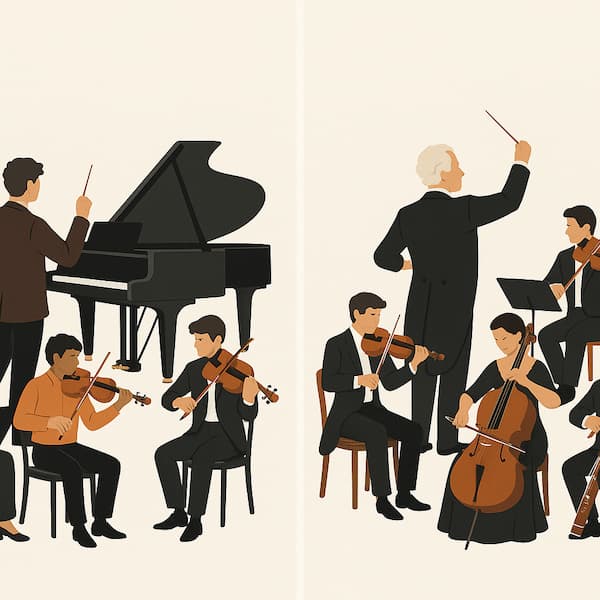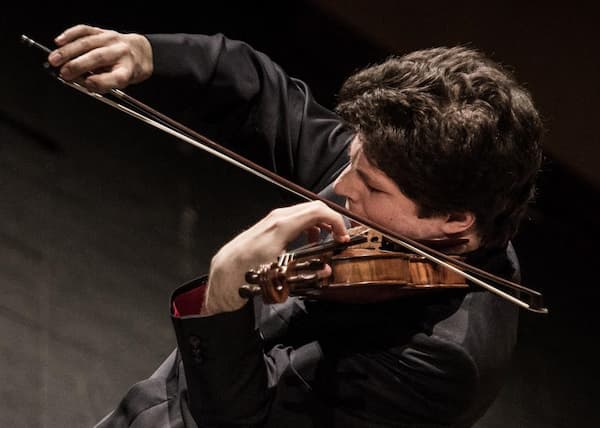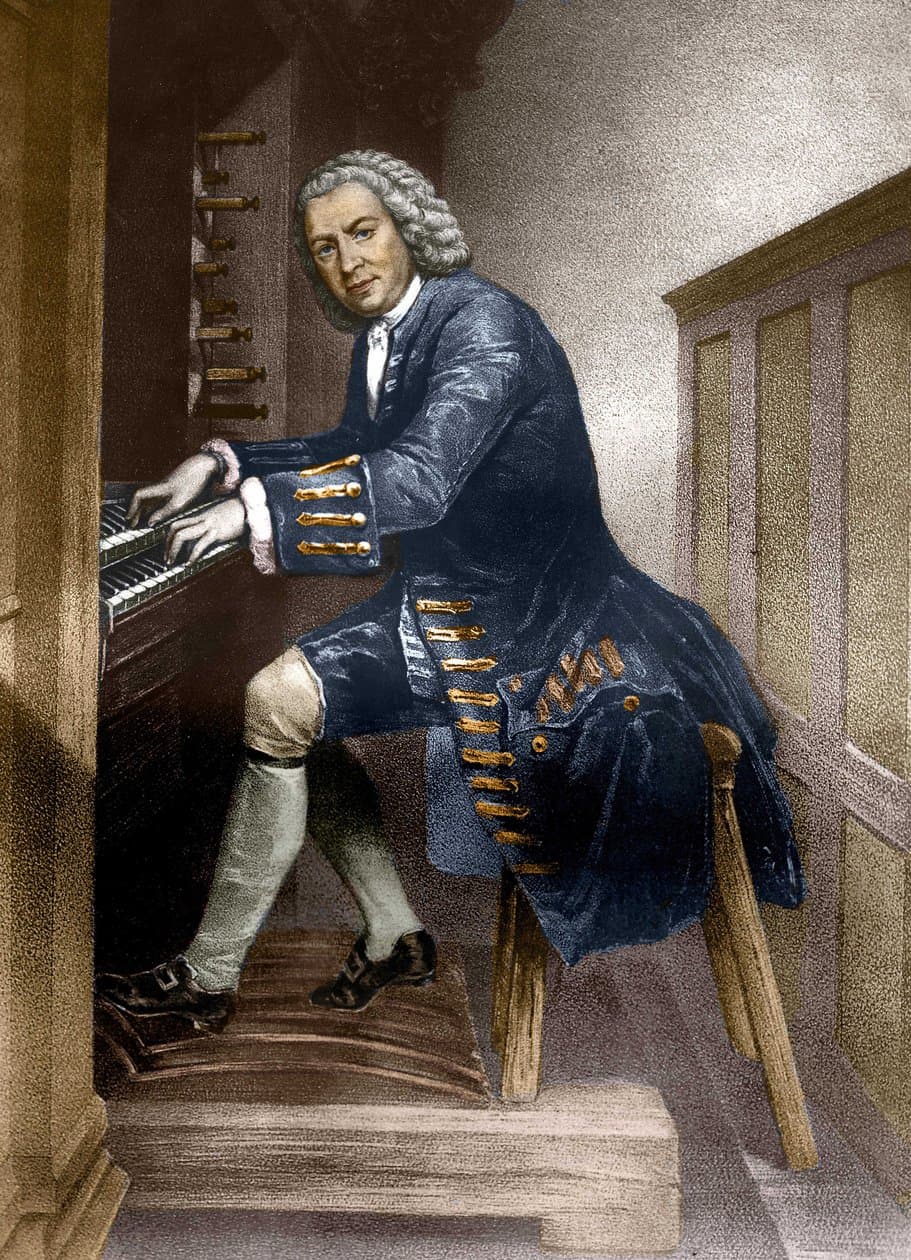
Leonard Bernstein conducting rehearsals at London’s Royal Albert Hall,
for the Igor Stravinsky Memorial Concert.
© PA/EMPICS
This mistaken notion has plagued me too, so I thought it would be helpful to probe the mysteries of the creative process and how we do what we do.
Playing a musical instrument is a way of life. It takes sacrifice, persistence, patience, and endurance to reach and to exceed the magic benchmark of 10,000 hours of commitment to learn the craft. The long hours of practice, and the many years of perfecting technique, expression, and a willingness to share our innermost heart and soul, is essential. But it’s only the beginning.
In addition to affinity, a steadfast determination is required, and a thick skin to deal with setbacks, frustrations, criticism, and self-censorship. I’m familiar with the clash between self-assurance and insecurity, dealing with competition and rejection, and know the worst critic is often the one I see in the mirror. The music I happen to be studying reverberates in my head all night. “Earworms” we call it. Preparation never seems adequate.
As a young cellist, I learned that a page of music waits, quietly. A musical score, says pianist Jeremy Denk, is “at once a book and a book waiting to be written.” The act of playing music is an act of recreation. As a musician, I am accustomed to beginning with a page filled with black squiggles of musical notation. What do they mean? Bringing to life the intentions of the composer requires a musician to interpret, to dream, and to experiment. We study traditional approaches while finding our own unique perspective. After mastering the technical aspects of our instrument, we strive to bring new insights into the music, to create something new, to probe more deeply during each performance.
Audience members and musicians are able to differentiate between Brahms, Stravinsky, and Mozart. As a performer, we search for the style of each work, which is recognizable. We also are on a quest for a distinctive sound hoping our personality will jump off the stage. This “stage presence” is what radiates and communicates emotion in a visceral way to the audience.

Minji Kim
To show you how an interpretation can vary, listen to the ways these artists approach Beethoven Cello Sonata No. 4, Op. 102 in C. The tempos, sound quality, vibrato, and phrasing differ. Yo Yo Ma with Emanuel Ax, pianist, plays the opening delicately, undulating forward, but where phrases end, where there are pauses, they are lengthy. The allegro is deliberate and held back in tempo, yet it still has immense power.
Cello Sonata No. 4 in C Major, Op. 102, No. 1 – I. Andante – Allegro vivace (Yo Yo Ma, Emanuel Ax)
Ralph Kirshbaum, with Shai Wosner, plays both the opening and the allegro much faster. The allegro is impulsive with weighty, forceful sforzandos or accents.
(Ralph Kirshbaum, Shai Wosner)
Maintaining some of the singing nature of the opening throughout the piece, Min-Ji Kim plays the opening rhythmically freely.
Slowest of all, is Steven Isserlis’s version—a full 3 minutes longer—full of tranquility and breath?
Once we attain fluency, we are at the point we can allow our interpretation to flourish, to produce music with spontaneity, and with spirit. Doubts frequently creep in. Will I know when to trust myself with my music making? Will I be able to thrill audiences emotionally and remain authentic to the intentions of the composer and to myself? Art is subjective, and everyone listens and hears differently. Rejection and disappointment are our constant companions.
When we finally feel ready, we still have to be malleable. It’s essential that in the heat of performance, we react and adjust to the space and sounds around us—playing differently if we are in an intimate setting, or a large hall, with a rapt or fidgety audience.

Yannick Nézét-Seguin
The exquisite nature of a live concert is that it is ephemeral; it’s in the moment, and dissipates into the spheres as soon as the last notes are performed. Immediate feedback allows a performer to “play” off the emotions coming from the audience—in a collaborative way—frequently altering our interpretation.
Compare Mahler’s Symphony No. 1 performed by Leonard Bernstein and the Vienna Philharmonic with this version:
(Yannick Nézét-Seguin, Bavarian Radio Symphony)
Performed by different orchestras, in different countries, with two conductors from different eras, and backgrounds, both are stunningly beautiful. Which do you prefer?
When everything gels, artists can instill hope, promote shifts in consciousness, and, in troubled times, stimulate dialogue. The passionate outpouring of human expression reaches people in subtle and sometimes dramatic ways. This, I think, is the mystery of creativity.
Do musicians have it easy? I hope you agree we don’t but we musicians wouldn’t have it any other way. Whenever I hear a performance that moves me, and after I’ve performed well, when the applause begins I still get goosebumps.
Landing a job in an orchestra as prestigious as the CSO is yet another challenge. We will explore that process next!



